In ggplot it is generally most convenient to keep the data in a 'long' format. Here I use the function melt from the reshape2 package to convert your data from wide to long format. Depending how you specify different aesthetics (size, shape, colour et c), corresponding legends will appear.
library(ggplot2)
library(reshape2)
# data from the example you were referring to, in a 'wide' format.
x <- seq(-2, 2, 0.05)
ocean <- pnorm(x)
soil <- pnorm(x, 1, 1)
df <- data.frame(x, ocean, soil)
# melt the data to a long format
df2 <- melt(data = df, id.vars = "x")
# plot, using the aesthetics argument 'colour'
ggplot(data = df2, aes(x = x, y = value, colour = variable)) + geom_line()

Edit, set name and labels of legend
# Manually set name of the colour scale and labels for the different colours
ggplot(data = df2, aes(x = x, y = value, colour = variable)) +
geom_line() +
scale_colour_discrete(name = "Type of sample", labels = c("Sea water", "Soil"))
Edit2, following new sample data
Convert your data, assuming its organization from your update, to a long format. Again, I believe you make your ggplot life easier if you keep your data in a long format. I relate every step with the simple example data which I used in my first answer. Please note that there are many alternative ways to rearrange your data. This is one way, based on the small (non-reproducible) parts of your data you provided in the update.
# x <- seq(-2, 2, 0.05)
# Master1MY$Probability
Probability <- 1:100
# ocean <- pnorm(x)
# Master1MY$Stats
Master1MY <- rnorm(100, mean = 600, sd = 20)
# soil <- pnorm(x,1,1)
# Transposon1MY$Stats
Transposon1MY <- rnorm(100, mean = 100, sd = 10)
# df <- data.frame(x, ocean, soil)
df <- data.frame(Probability, Master1MY, Transposon1MY)
# df2 <- melt(df, id.var = "x")
df2 <- melt(df, id.var = "Probability")
# default
ggplot(data = df2, aes(x = Probability, y = value, col = variable)) +
geom_point()
# change legend name and labels, see previous edit using 'scale_colour_discrete'
# set manual colours scale using 'scale_colour_manual'.
ggplot(data = df2, aes(x = Probability, y = value, col = variable)) +
geom_point() +
scale_colour_manual(values = c("red","blue"), name = "Type of sample", labels = c("Master", "Transposon"))



